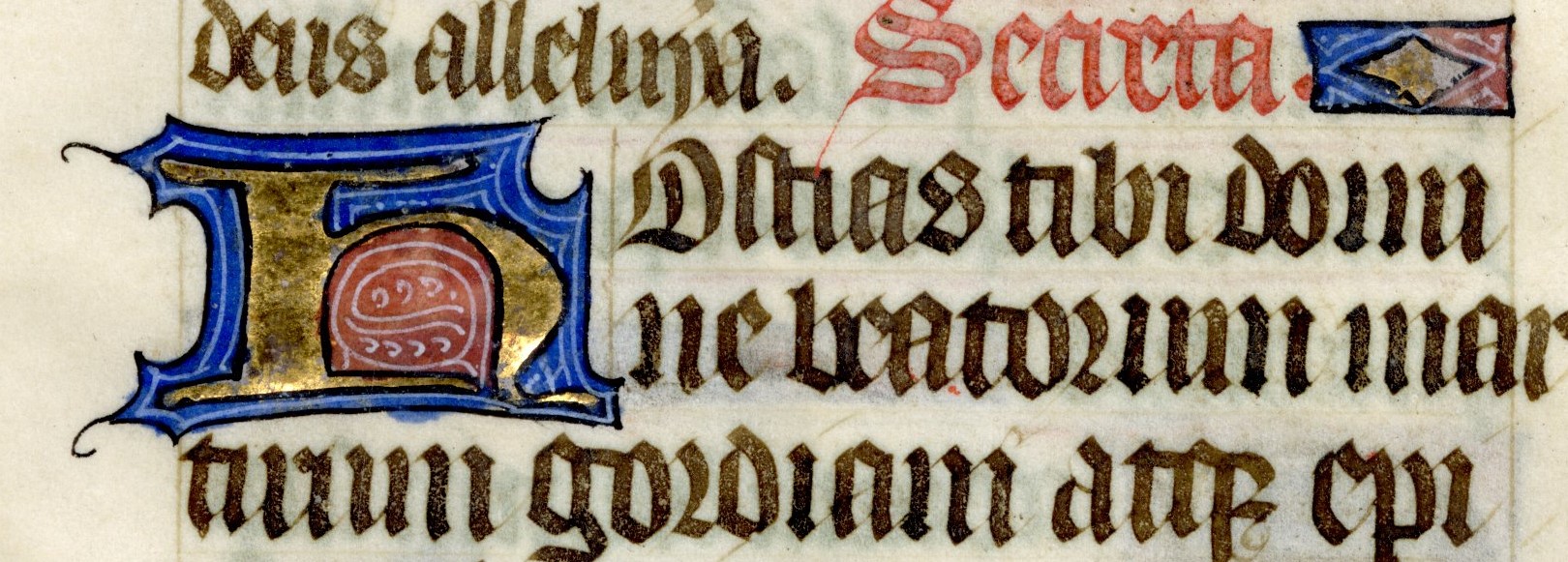
Medieval Illuminated Manuscripts
Illuminated manuscripts were mostly made by monks, although through the rise of cities and universities it would eventually provide jobs for average people who would make a living by creating finely made manuscripts to sell to noblemen and the middle class as well as students and professors of the emerging universities. The illuminated part came in, when precious metals such as gold and silver were used to provide detail and decoration to the pages. The making of an illuminated manuscript was divided up into four parts.
- The first to begin the process was the parchment maker who prepared the animal skin used for the pages. The use of parchment provided a textured, translucent and durable surface that could be used for the pages of a manuscript.
- Once the pages were made it would get sent to a scribewho typically would make his own quills and ink and then would handwrite the material needed for the manuscript.
- After the scribe was finished writing what was supposed to be on the pages it would be brought to an illuminator who would add gilded details, often a manuscript would have several illuminators for the detailing.
- The last of the process was a bookbinder, who would use a variety of materials to keep manuscripts tightly together and from absorbing moisture.
The end of the bookbinder process meant that an illuminated manuscript was finished and ready for selling.
Sources:
National Gallery of Art. “Illuminated Manuscripts.” National Gallery of Art, www.nga.gov/conservation/paper/manuscript-project.html.
J. Paul Getty Trust. “What Is an Illuminated Manuscript?.” Khan Academy, www.khanacademy.org/partner-content/getty-museum/types-of-art/getty-manuscripts/a/what-is-an-illuminated-manuscript.

